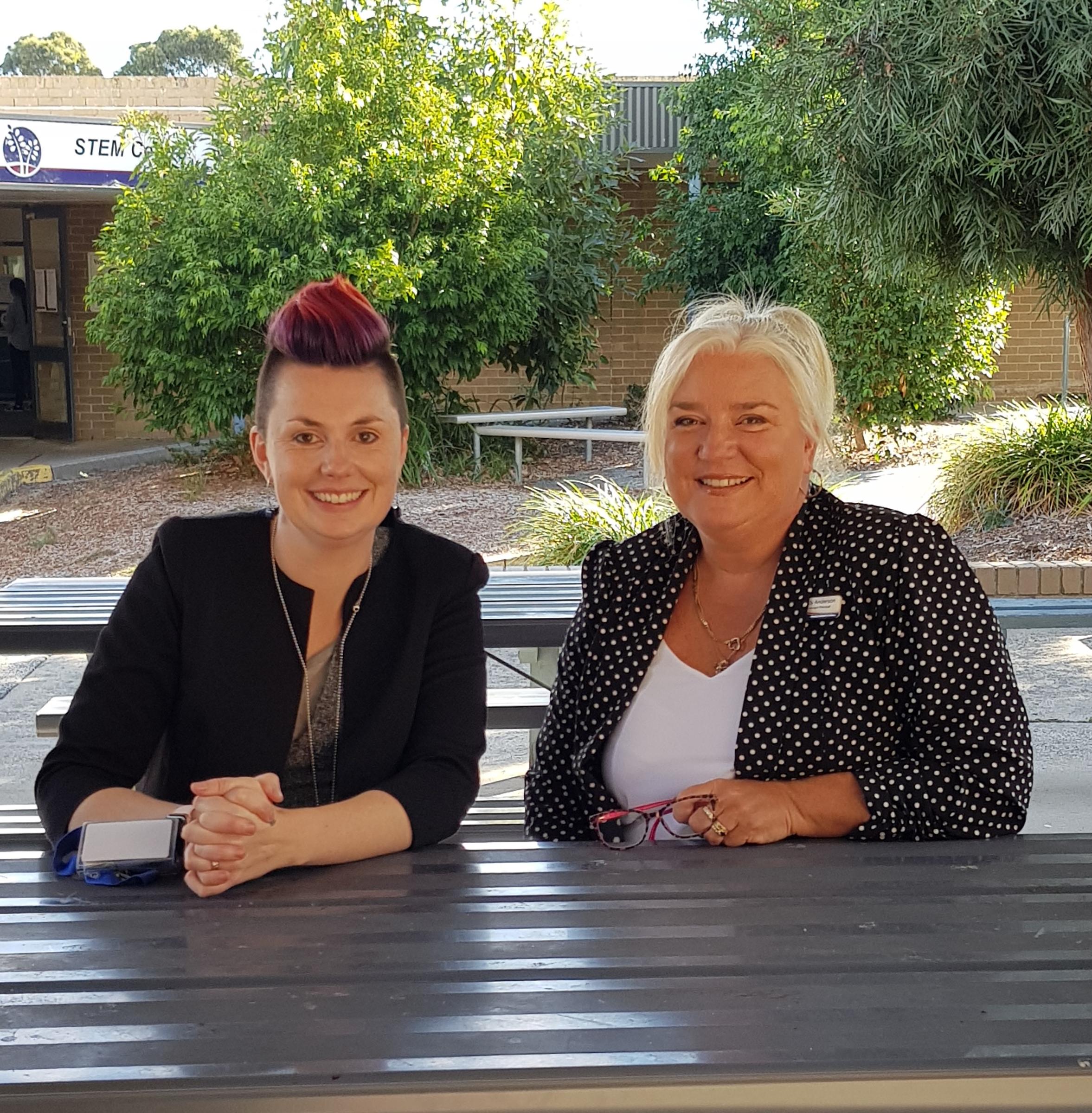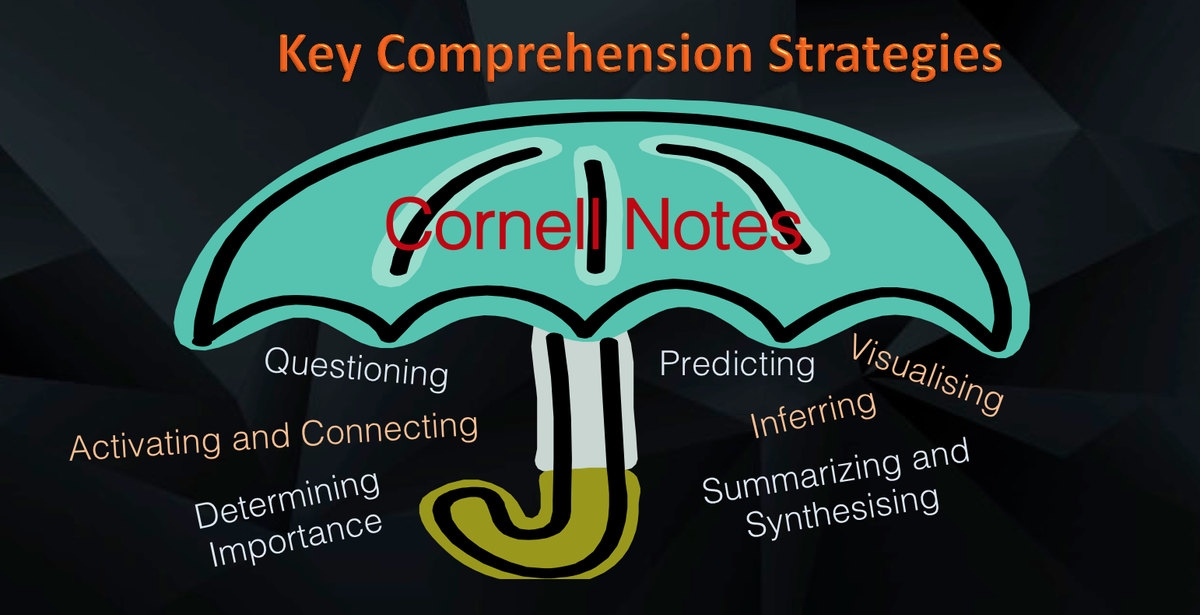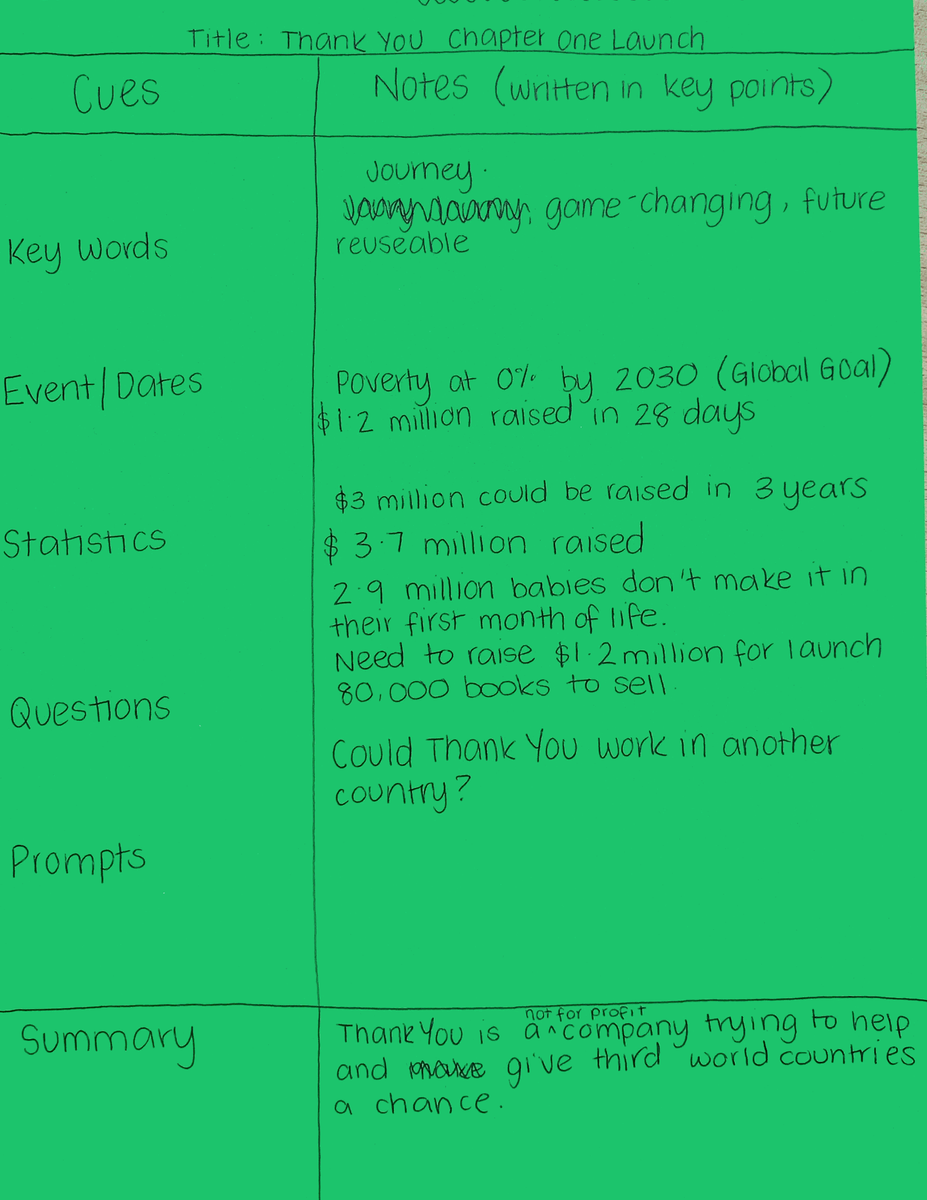Assistant Principal's Page

Thank you Cornell Notes
During our Extended Home Group session on Wednesday 29th May, our students all took part in an activity using the Cornell Note method. Our students watched a clip about the Thankyou organisation and the launch of their 'Chapter One' book.
'We are Thankyou, a social enterprise that commits 100% of our profit to end global poverty. Today, you can find us in over 5,500 outlets in Australia, including all major supermarkets. The Thankyou consumer movement has raised millions of dollars to get safe water, toilets and child and maternal health programs to hundreds and thousands of people in need.'
To understand and appreciate the video and Thankyou's journey; students used Cornell Note-taking to utilise many of the key comprehension skills. Using this method students are able to visually scaffold their learning by making connections and take steps to build on their ideas, determine what is important information and develop a deeper understanding of the content.
From this one session in an Extended Home Group, classes have embraced the note-taking method and are using it in their lessons. There has been a great buzz in the school and we are excited that the whole school are using this comprehension tool to explore deeper learning.
Understanding Bullying
While we pride ourselves as a college on the low incidence of bullying behaviors, unfortunately no school or work place is ever totally immune from it. This information has been sourced from DET in relation to the context of bullying in schools.
The national definition of bullying for Australian schools says:
Bullying is an ongoing and deliberate misuse of power in relationships through repeated verbal, physical and/or social behavior that intends to cause physical, social and/or psychological harm. It can involve an individual or a group misusing their power, or perceived power, over one or more persons who feel unable to stop it from happening.
Bullying can happen in person or online, via various digital platforms and devices and it can be obvious (overt) or hidden (covert). Bullying behavior is repeated, or has the potential to be repeated, over time (for example, through sharing of digital records).
Bullying of any form or for any reason can have immediate, medium and long-term effects on those involved, including bystanders. Single incidents and conflict or fights between equals, whether in person or online, are not defined as bullying.
This table describes the categories of bullying.
| Category | Includes |
|---|---|
| Direct physical bullying |
|
| Direct verbal bullying |
|
| Indirect bullying |
|
| Cyberbullying |
|
Note: Many distressing behaviours are not examples of bullying even though they are unpleasant and often require teacher intervention and management.
Mutual conflict: involves an argument or disagreement between people but not an imbalance of power. Both parties are upset and usually both want a resolution. Unresolved mutual conflict can develop into bullying if one of the parties targets the other repeatedly in retaliation.
Social rejection or dislike: is not bullying unless it involves deliberate and repeated attempts to cause distress, exclude or create dislike by others.
Single-episode acts: of nastiness or physical aggression are not the same as bullying. If someone is verbally abused or pushed on one occasion they are not being bullied. Nastiness or physical aggression that is directed towards many different people is not the same as bullying. However, this does not mean that single episodes of nastiness or physical aggression should be ignored or condoned as these are unacceptable behaviours.
The WHSC bullying policy can be found within the Student Engagement policy as found on the college website: https://www.whsc.vic.edu.au/uploaded_files/media/2018_student.pdf
As a college we do our best to support all members of the school community and we encourage everyone to report any inappropriate behaviours so that we can work through managing these to ensure we create the best possible environment for learning and success.
Exams
Over recent weeks the year 10's 11's and 12's have participated in their mid year exams. These exams provide the opportunity for students to demonstrate their knowledge and skills across various subject areas. While we acknowledge the examination process may cause a level of angst and distress for some students, it is important for students to understand the value of these in the provision of meaningful feedback from subject teachers so that students can add to and refine their content knowledge and skills. Well done to all the senior students who have completed their exams and all the best to the year 9's, who will be completing their exams next week.
Assistant Principals
Judy Anderson and Claire Hanley





